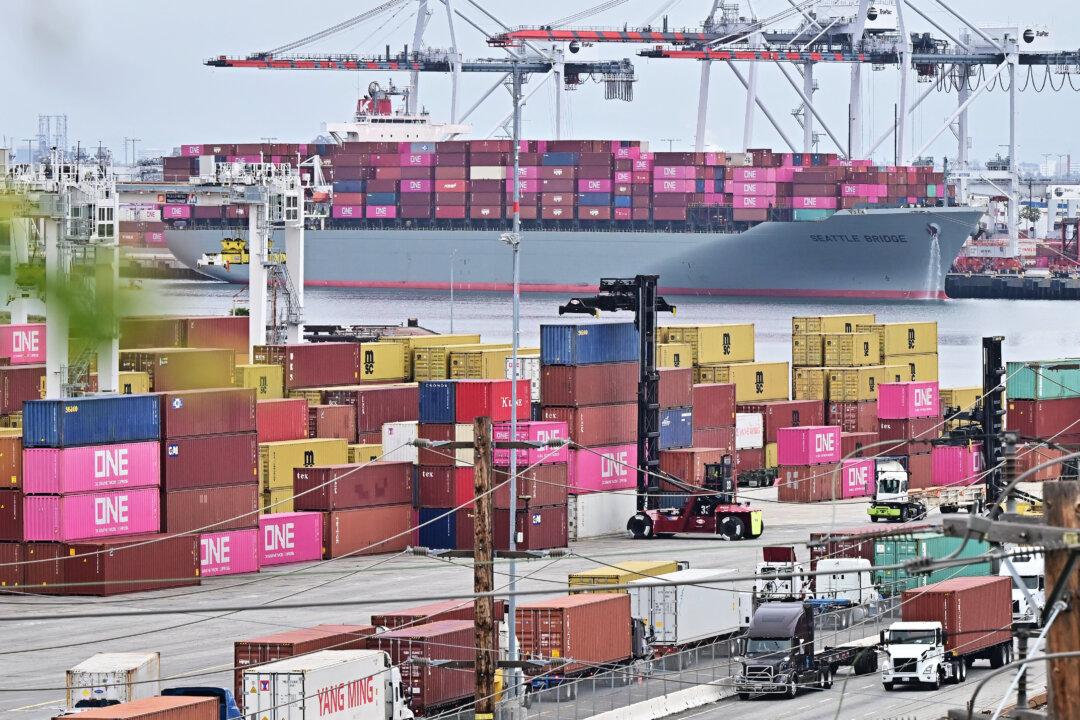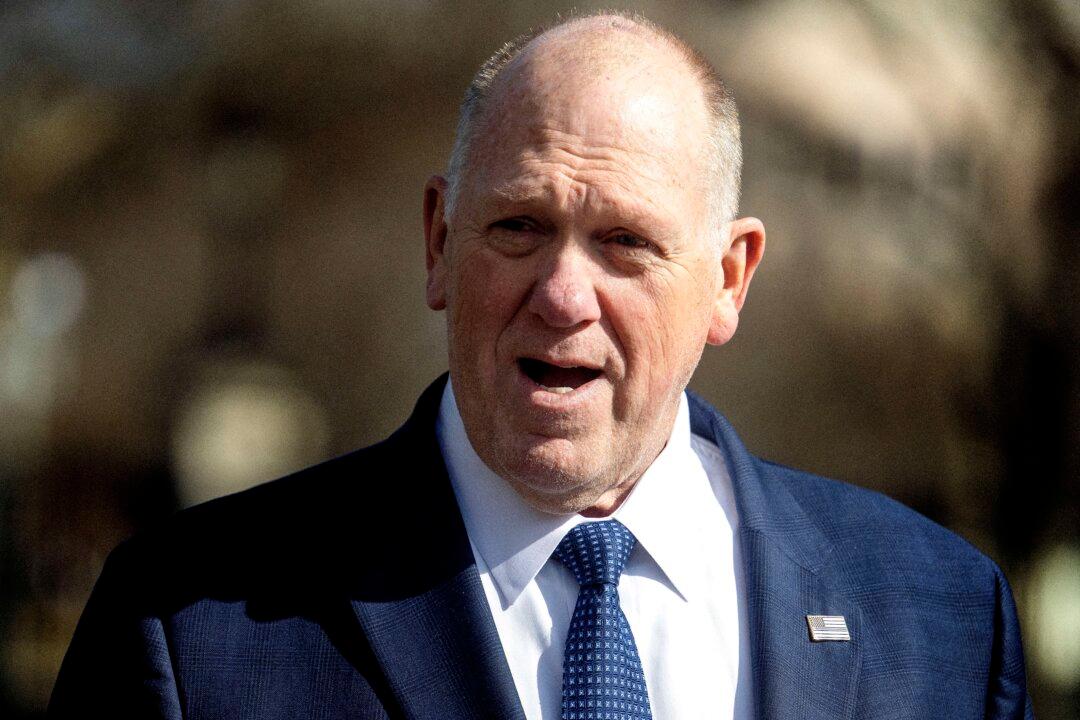A federal appeals court on Thursday temporarily paused a lower-court ruling that struck down President Donald Trump’s tariffs on a wide range of countries.
In its decision, the U.S. Court of Appeals for the Federal Circuit granted the federal government’s request for an immediate administrative stay of the U.S. Court of International Trade’s order on Wednesday “while this court considers the motions papers.”
Both the plaintiffs and defendants in the case were directed by the appeals court “to immediately inform this court of any action taken by the Court of International Trade on the United States’s pending stay motions,” it said.
On Wednesday, a panel of three judges with the International Trade Court ruled that Trump had exceeded his authority by issuing sweeping tariffs under an emergency-powers law, siding with plaintiffs in a lawsuit filed against the administration.
“The Worldwide and Retaliatory Tariff Orders exceed any authority granted to the President by IEEPA to regulate importation by means of tariffs,” Wednesday’s court decision stated, making reference to the 1977 International Emergency Economic Powers Act.
The U.S. Court of International Trade is a federal court that deals specifically with civil lawsuits involving international trade law.
While tariffs must generally be approved by Congress, Trump has said that he has the power to act to address the trade deficits he calls a national emergency.
The lawsuit was filed by a group of small businesses, including a wine importer, V.O.S. Selections, whose owner has said the tariffs are having a major impact and his company may not survive. A dozen states also followed suit, led by Oregon.
In response to the lower court order, lawyers for the government said in papers Thursday the decision is an “unprecedented and legally indefensible injunction permanently barring the United States from implementing tariffs involving dozens of countries, from the United Kingdom to the People’s Republic of China to the European Union.”
Those tariffs, the government contended, “are central to the President’s foreign-policy and economic agendas” and added the order would block “efforts to eliminate our exploding trade deficit and reorient the global economy on an equal footing.”
“America cannot function if President Trump—or any other president, for that matter—has their sensitive diplomatic or trade negotiations railroaded by activist judges,” White House press secretary Karoline Leavitt told reporters on Thursday. “Ultimately, the Supreme Court must put an end to this for the sake of our Constitution and our country.”
On April 2, Trump imposed tariffs on most countries in the world in an effort to reverse America’s massive and long-standing trade deficits. He earlier placed levies on imports from Canada, China, and Mexico to combat the illegal flow of immigrants and the synthetic opioids across the U.S. border.
Many of the higher, reciprocal tariffs were placed on hold for 90 days, although the rates were increased for China to 145 percent. Earlier in May, he announced that Beijing and Washington had come to an agreement to lower their respective tariff rates by 115 percent each.
Last week, Trump announced he would implement a 50 percent tariff on EU imports starting in June but announced that decision was delayed until July while discussions are being held.
“The administration could quickly replace the 10 percent across-the-board tariff with a similar tariff of up to 15 percent under” another section, Goldman Sachs analysts said Thursday.
Michael Zezas, Morgan Stanley’s global head of fixed income and thematic research, told Bloomberg News that Trump can use another legal means to implement a new tariff regime.
“The tariff levels that we had yesterday are probably going to be the tariff levels that we have tomorrow, because there are so many different authorities the administration can reach into to put it back together,” Zezas said.
Defendants in the case were directed by the Federal Circuit Appeals Court to respond by June 9, while the plaintiffs were asked to reply to the Trump administration’s motions for a stay in the case no later than June 5.







